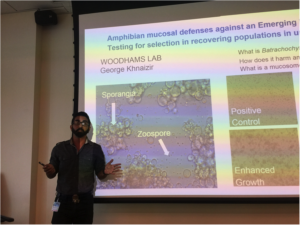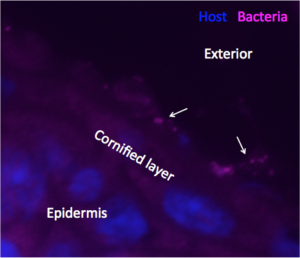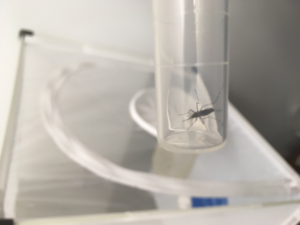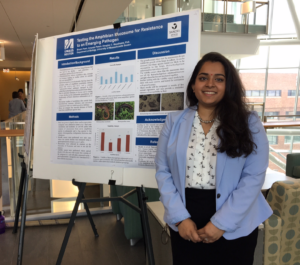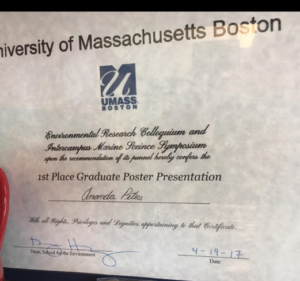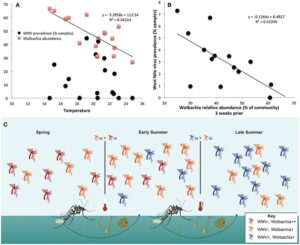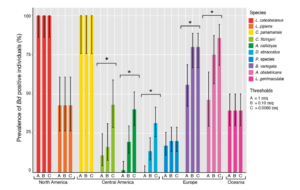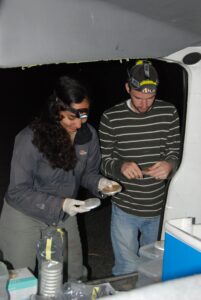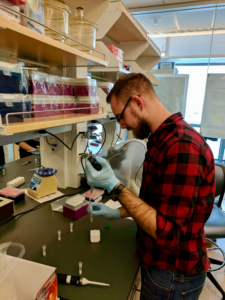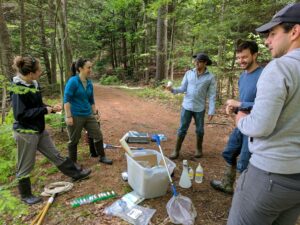
Sampling Eastern newts in Massachusetts with Evan Grant and USGS team.
Evan Grant and colleagues advocate using decision analysis to create and evaluate trade-offs between proactive (pre-emergence) and reactive (post-emergence) management options for the newly discovered salamander pathogen Batrachochytrium salamandrivorans (Bsal). The Woodhams lab continues to collaborate with Grant at the US Geological Survey on disease threats to New England amphibians.
Grant EHC, Muths E, Katz RA, Canessa S, Adams MJ, Ballard JR, Berger L, Briggs CJ, Coleman JTH, Gray MT, Harris MC, Harris RN, Hossack B, Huyvaert KP, Kolby J, Lips KR, Lovich RE, McCallum HI, Mendelson JR, Nanjappa P, Olson DH, Powers JG, Richgels KLD, Russell RE, Schmidt BR, Spitzen‐van der Sluijs A, Watry MK, Woodhams DC, White CL. (2017) Using decision analysis to support proactive management of emerging infectious wildlife diseases. Frontiers in Ecology and the Environment 15(4):214-221.
http://onlinelibrary.wiley.com/doi/10.1002/fee.1481/full
